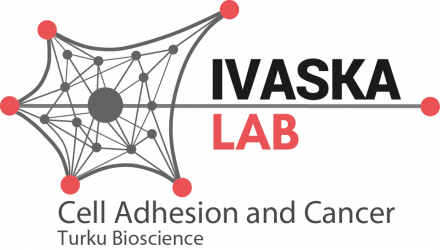Positive and negative durotaxis – mechanisms and emerging concepts by Mathilde Mathieu et al.
J Cell Sci. 2024 Apr 15;137(8):jcs261919. doi: 10.1242/jcs.261919. Epub 2024 Apr 22.
ABSTRACT
Cell migration is controlled by the coordinated action of cell adhesion, cytoskeletal dynamics, contractility and cell extrinsic cues. Integrins are the main adhesion receptors to ligands of the extracellular matrix (ECM), linking the actin cytoskeleton to the ECM and enabling cells to sense matrix rigidity and mount a directional cell migration response to stiffness gradients. Most models studied show preferred migration of single cells or cell clusters towards increasing rigidity. This is referred to as durotaxis, and since its initial discovery in 2000, technical advances and elegant computational models have provided molecular level details of stiffness sensing in cell migration. However, modeling has long predicted that, depending on cell intrinsic factors, such as the balance of cell adhesion molecules (clutches) and the motor proteins pulling on them, cells might also prefer adhesion to intermediate rigidity. Recently, experimental evidence has supported this notion and demonstrated the ability of cells to migrate towards lower rigidity, in a process called negative durotaxis. In this Review, we discuss the significant conceptual advances that have been made in our appreciation of cell plasticity and context dependency in stiffness-guided directional cell migration.
PMID:38647525 | DOI:10.1242/jcs.261919
